
How to Adapt to Google’s Helpful Content Update
How to Adapt to Google’s Helpful Content Update The mission of Google’s helpful content updates has always been to provide valuable and trustworthy content to

Color alone can influence about 85% of customers’ purchasing decisions. So, picking out the proper color palette is important because it can connect and enhance your relationship with customers. 90% of consumers make purchasing decisions on visuals alone, making the psychology of colors an important step for brands. This is why it’s important to encompass the brand’s values, mission, and story.
Color often determines a consumer’s first impression, and users will attach feelings they have with certain colors. These associations can then influence their perception of your brand. Our brains enjoy connecting colors and brands right away, which is why it is so important to pick out a good color. Try to stand out from your competitors, and always remember the “isolation effect”. Which means an item that stands out is more likely to be remembered.
Blue is the world’s favorite color! 57% of men and 35% of women ranked it as their top choice, and brands feel the same way! It provides a calming tone, which is why 33% of top brands feature it in their logo. It promotes security, dependability, and trust; for that reason, companies that store a lot of data use blue in their brand. Although blue has many positives, it can also have a few downsides, as it suppresses our appetites, since there are very few blue foods. It can also come across as clod or unfriendly, like when people say they are feeling blue, it means that they are feeling down or sad.

Purple represents royalty and superiority, which is due to ancient associations with purple being held for people of high power. It also provides a wise and wealthy aura. When brands use purple, they are signifying it’s a superior service, product, or experience. It can also represent decadence, moodiness, and excess. Since purple has a more feminine association, keep a balance within the brand. This is also not a color that companies regularly use in their brands, so it can make you stand out.
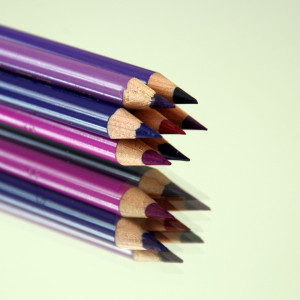
Confidence, creativity, and courage are all associated with the color orange. It has a fun vibe, so it is mostly used in non-corporate brands to promote a fun, warm feeling. Although it can also have a negative connotation, which would be frustration and sluggishness, orange could also come across as immature. When creating your brand color template, make sure to keep in mind that 29% of people say that orange is their least favorite color. It works perfectly for Nickelodeon, representing an immature and creative brand.

Red offers excitement, energy, power, fearlessness, and passion. Most brands use red to create a sense of urgency, like signs or buttons that say sale or clearance. Red is also a color that tends to make people feel hungry, think of McDonald’s- the building will grab your attention. The negative sides of red are anger, warnings, danger, or aggression. As long as it is used in the right context, it will convey the appropriate emotions.

Green represents life, nature, health, prosperity, hope, and freshness. However, it can also elicit emotions like boredom, stagnation, and blandness. Therefore, it is often used in companies that value growth, health, or sustainability.

Similar to orange, yellow offers youthfulness and happiness, smiley faces, and sunflowers, as well as rubber ducks are all tapping into creativity, warmth, and optimism. Yellow also happens to foster feelings of fear, irrationality, and anxiety.
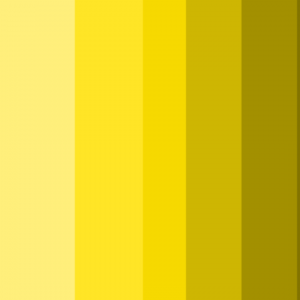
Pink strongly represents femininity and adds a youthful and quirky vibe to a brand. Nevertheless, it can also be seen as childish, youthful, or rebellious. It seems that as shoppers get used to this color, they are not as interested in the brand or purchase. Barbie is a great example of using pink to represent the feminine side as well as the youthful side!
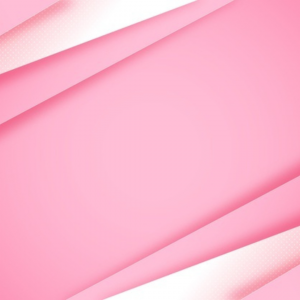
This is a staple color that can make a brand appear sophisticated and powerful. On the other hand, it can represent coldness and oppression, and could even be seen as evil. This is why the color black works well in fashion but not in healthcare, as it can also be seen to represent death or mourning.
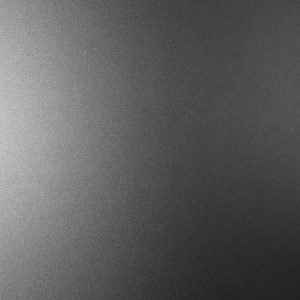
Clean and simplistic, often paired with black to create a modern feel. Also comes off as clean and pure. The negatives of using the color white are that it can feel plain or boring, but it depends on what it is paired with. Apple and Tesla are the most well-known brands for using white as the main color of their brand.

A well-chosen color palette can sway customer emotions, thoughts, and actions. Brands that align their colors with how they impact people create a well-aligned, memorable color scheme. It’s also important to create a personality that connects to both the color and the brand. This will help recognize distinct and unique brands and get people to come back. Keep consistent with the logo as well, and ensure it matches the brand’s message. If you need help with creating a palette, Spectrum Net Designs would be more than happy to help.

How to Adapt to Google’s Helpful Content Update The mission of Google’s helpful content updates has always been to provide valuable and trustworthy content to
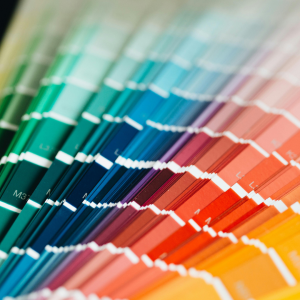
The Power of Brand Color: Why Your Brand’s Look Says More Than You Think Can a color really convince someone to buy something? Spoiler: yep,

5 Signs It’s Time for A Website Redesign A website is a great way to make a notable impression on users. A website gives people